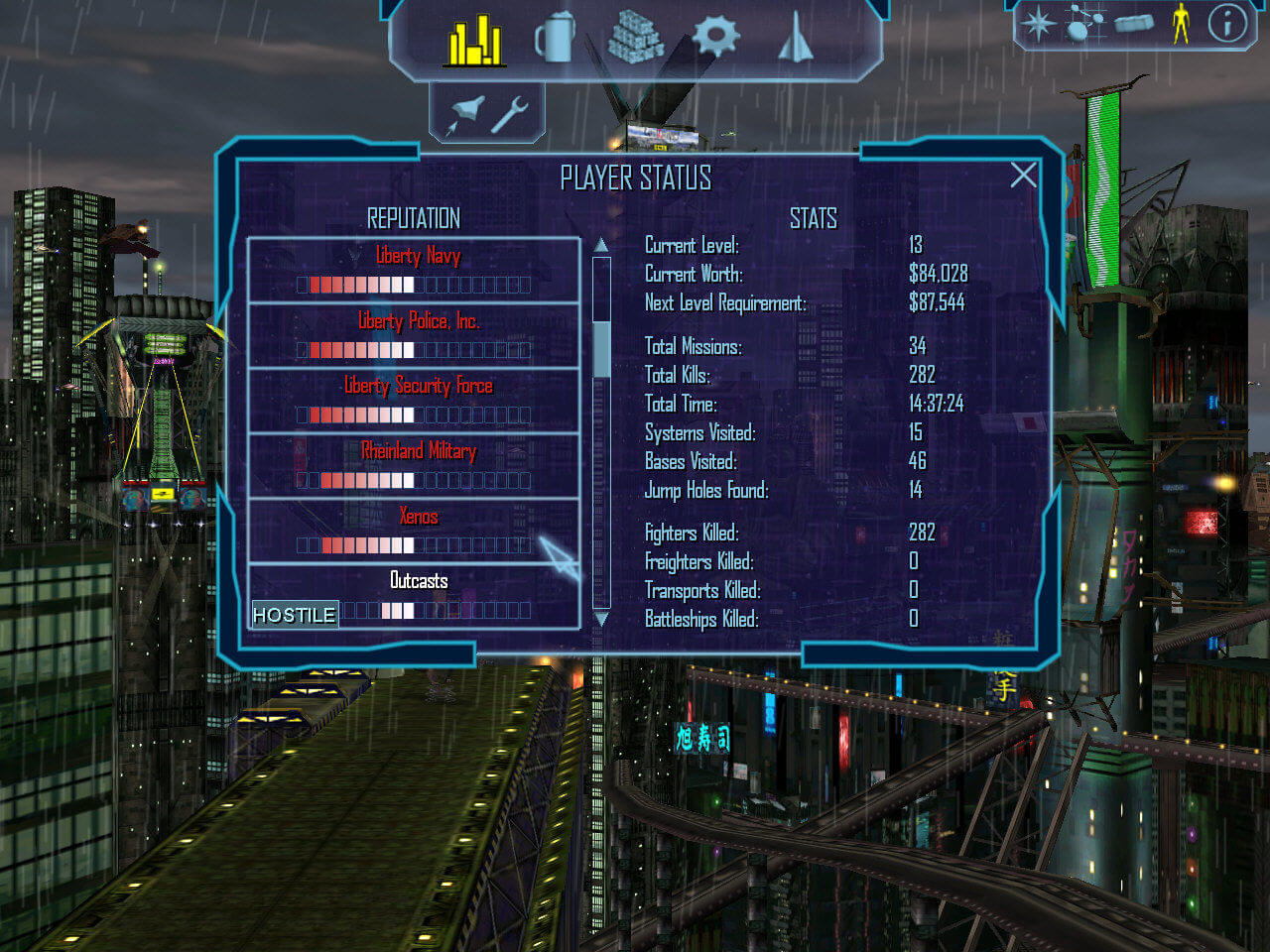

To push out a corrected version of the affected OCX files ASAP. Support Statement for Visual Basic 6.0 on Windows Vista, Windows Server 2008, Windows 7, Windows 8 and Windows 8.1, Windows Server 2012, Windows 10, and Windows. If that doesnt work, you will have to copy tabctl32.ocx to your.

Our biggest issue is that no matter whether we're rolling back or copying a file, we're still having to deal with a very large volume of support calls and emails from customers that use our Excel add-in and have been impacted. Copy file tabctl32.ocx to the installation directory of the program that is requesting tabctl32.ocx. You may want to temporarily disable automatic updates to prevent this. If you copy the file and it resolves the issue, keep in mind that if you have automatic updates enabled for Office, MS may push out anotherīad copy of the file and you'll have re-copy the file. That resolved the same issue we were having with MSCOMCTL.OCX and so it may also be a solution for TABCT元2.OCX. "C:\Program Files (x86)\Microsoft Office\root\VFS\SystemX86\"Īssuming that you still have the last good working copy stored under "C:\Windows\SysWow64", you can copy the file from that location into the above folder.ĬOPY "%systemroot%\SysWOW64\mscomctl.ocx" "%programfiles(x86)%\Microsoft Office\root\VFS\SystemX86\" If chkdsk finds a lot of lost clusters you might want to let some recovery software have a look at it before you have chkdsk convert them into files. It just puts the file parts it doesn’t know what to do with into separate files. Office keeps its own copy of the OCX file in the following folder: Chkdsk doesn’t really ‘recover’ lost data. One solution is to roll back to 1706.Īnother solution may be possible by just copying the last good copy of the file. We don't use TABCT元2.OCX, so I wasn't aware that was also affected. We ran into the same problem with MSCOMCTL.OCX. With the 1707 release of Office 2016, MS is distributing some updated OCX files.


 0 kommentar(er)
0 kommentar(er)
